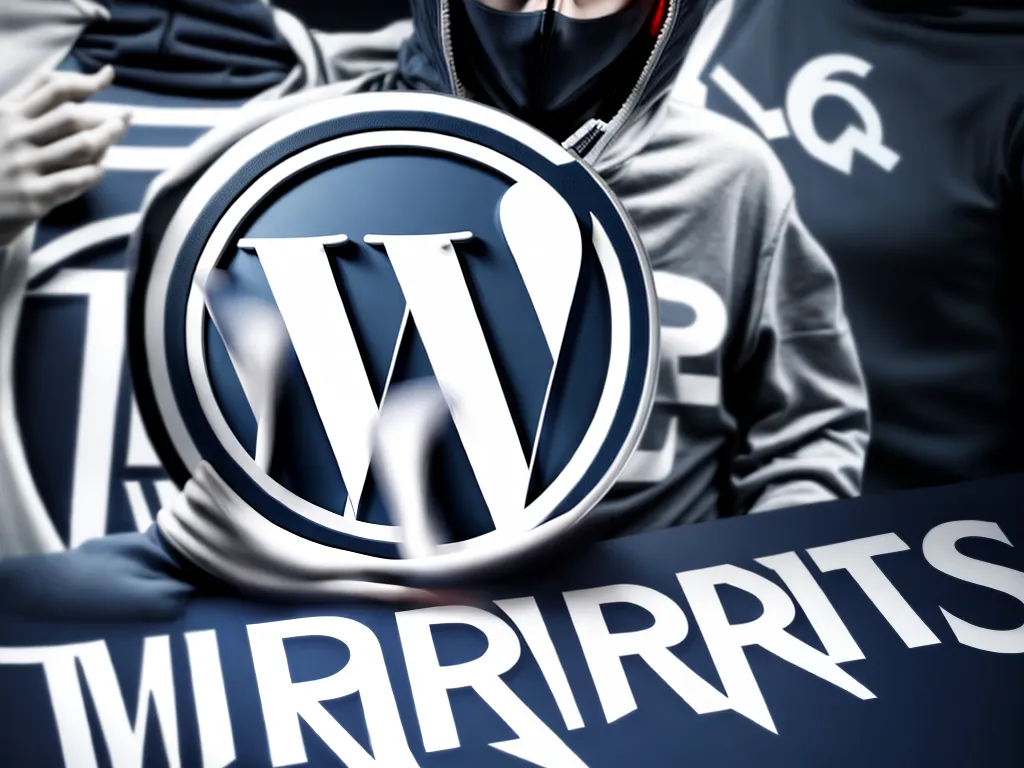
Securing your WordPress website from hackers is extremely important to protect your site from malicious attacks, data breaches, and other cyber threats. There are several key steps you should take to harden the security of your WordPress site.
Keep WordPress and Plugins Updated
One of the most important things you can do is keep your WordPress core, themes, and plugins updated to the latest versions. Outdated software contains vulnerabilities that hackers can exploit to break into your site.
-
WordPress releases security updates and bug fixes through auto updates. Make sure automatic background updates are enabled in your site’s admin dashboard. This will ensure WordPress core files are automatically updated when a security release is published.
-
The plugins you use on your site also need to be kept updated. Vulnerabilities are often found in plugins from third-party developers. When one is discovered, the developer will push out a fix in a new plugin version. You must manually update plugins periodically to maintain security.
-
Switch themes to one that is actively maintained and updated. Themes can also contain security flaws that could lead to a breach. An outdated theme that is no longer supported is dangerous to use.
Use Strong Passwords
Your WordPress login credentials are the keys to your site’s castle. If hackers gain access to them, they can break in and wreak all kinds of havoc.
-
Make your passwords as strong as possible – at least 12 characters, mixing upper and lower case letters, numbers, and symbols. Avoid common words or phrases.
-
Never use the same password across multiple sites. If one site is compromised, attackers will try your credentials on other sites. Unique passwords prevent this.
-
Consider using a password manager tool to generate and store complex, unique passwords. LastPass, 1Password, and Dashlane are good options.
-
Change WordPress passwords regularly, at least every few months. This limits the damage if a password does happen to be compromised.
Limit Login Attempts
Brute force attacks involve hackers using programs to automatically guess passwords through millions of login attempts. You can limit this with login attempt restrictions.
-
Install a plugin like Limit Login Attempts to block IPs after a certain number of failed logins. This prevents brute forcing.
-
Enable two factor authentication (2FA) for your WordPress login. This requires you to enter both your password and a secondary one-time code. So even if hackers have your password, they still cannot login without the 2FA code.
Avoid Admin Username
Hackers know the default admin username, so keeping it makes their job easier. Changing your admin username improves security.
-
Go to Users > Your Profile in the WordPress dashboard and change your username to something non-standard and hard to guess.
-
Update any references to the old admin username in code or .htaccess files to your new name.
Use Secure Protocols
Make sure your site is using modern cryptographic protocols for traffic encryption and identity verification.
-
Switch your site to use HTTPS instead of standard HTTP. This encrypts all connections with SSL/TLS certificates. Certain features like login forms and payment transactions require HTTPS.
-
Enable HSTS (HTTP Strict Transport Security) to force browsers to only interact with your site over HTTPS. This prevents unencrypted HTTP requests.
Limit File Permissions
The permissions settings on files and folders dictate who can access and modify them. Lock these down to improve security.
-
Set file permissions to 644 for files and 755 for directories. This prevents public writing privileges.
-
Avoid setting permissions to 777, which allows anyone to do anything.
-
If possible, switch to SFTP instead of FTP for file transfers. SFTP encrypts connections and is more secure.
Leverage Security Plugins
Take advantage of the many security-focused plugins available to implement additional protection measures with just a few clicks.
-
Wordfence provides a firewall, malware scans, blocking, and other threat detection tools.
-
iThemes Security offers brute force protection, file change detection, user logging, and more.
-
Sucuri scans for malware, monitors for threats, and includes a website firewall.
-
Use plugins like Captcha or Google reCAPTCHA to prevent bots on registration and login forms.
Perform Regular Backups
While not technically a security measure, backups give you an option to restore your site if it is compromised.
-
Automated daily backups through a managed WordPress host are recommended.
-
Also do manual backups and download a local copy before making major changes.
-
Test restoring from backups periodically to verify they work properly.
Conclusion
Securing WordPress takes effort but is crucial for protecting your site as an ever-evolving landscape of cyber threats puts sites at risk every day. Prioritize updates, strong passwords, limiting access, encryption, plugins, and backups to start securing your CMS. Monitor for potential suspicious activity and be proactive about improving your defenses over time. With proper precautions, you can safeguard your site from the vast majority of hacker attacks.












